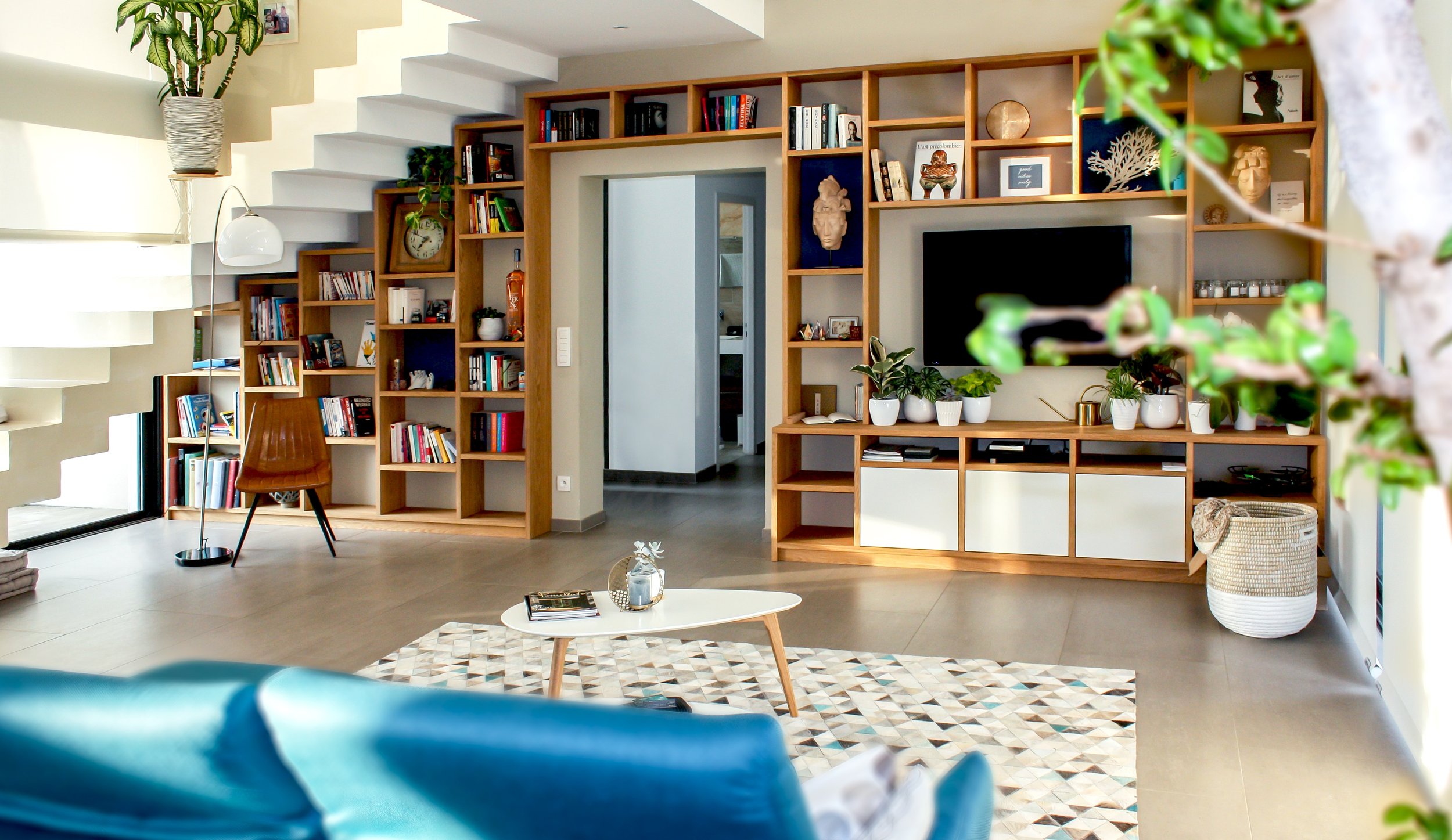How Are Market Changes Affecting Custom Homebuilders?
What can custom home builders expect going forward?
The last few years have brought dramatic changes in the real estate world, particularly for builders that went from not being able to build fast enough to meet demand to seeing a drop off in potential buyers. As we see the market stabilize in some parts of the country, we sat down with Tracy Delgado, Senior Manager of Land Acquisition, to discuss the trends he is seeing and what custom home builders can expect going forward.
Increasing share of Presales and Custom Homes versus Spec Homes
In the past few years as supply chain issues and material prices felt less and less predictable, many custom builders and “big builders” became wary of selling presale homes, and committing to pricing too early. Fluctuating prices and costs caused builders to often “leave money on the table” if they committed to a price early. A buyer could lock in a price, while the cost of lumber could skyrocket, significantly reducing the margins on presale projects. In response, many builders leaned on spec homes in order to protect their margins, absorb additional costs, and take advantage of market pricing increases in an increasingly competitive market.
Many builders in the custom home world shifted some of their business toward more spec homes in the last few years. But as the market begins to even out and the frenzy dies down, builders can’t be quite as sure of the speed at which a spec home will sell. This can leave builders in shaky footing financially, given how capital-intensive land and homebuilding are - plus there’s the need to close homes in order to pay their lenders, employees and vendors. This can be a huge downside because builders can over leverage themselves financially as they may have to take on additional bank debt that they pay down as each home is sold.
Plus there’s the downside to buyers, that spec homes don’t offer the personal touch that pre-sale and custom homes can.
Working with Atmos can benefit builders: they get to build a truly unique and custom home with an existing buyer locked in who has (1) approved architectural and structural plans for their home (guided by Atmos), (2) a lot owned or under contract, and (3) standard due diligence (soils testing, survey, etc) complete—so the builder has a simplified project that removes several major pinch points; customer acquisition, land acquisition, design and due diligence—and the customer still has a custom home experience.
With an Atmos build (and in a traditional custom home pre-sale), buyers finance their own project and the home is already pre-sold. Many builders are increasingly interested in taking on more traditional custom home projects because they are safer and less capital-intensive than spec homes. Without a dramatic increase in home prices month to month, taking on the risk of building a home that isn’t sold yet is less attractive than it used to be. That shift has driven a huge increase in Atmos builder partners, and new builders interested in working together.
Closer Tracking of Sales Backlog
Because of interest rate increases, buyer situations are rapidly changing. As a result, builders—and realtors and lenders—are investing more time and energy understanding the financial situations of buyers pre-construction. This includes homes in progress, as budgets and loans can move quickly with changing interest rates throughout the time it takes to complete the home.
Builders are now working more closely with lenders and their buyers in order to ensure that buyers still qualify for their loans. With proactive tracking, collaboration with lenders, and updating pre-approvals, builders may be able to overcome financing issues through value engineering of house plans. Catching a potential financing issue earlier can save builders, realtors, lenders and buyers significant time and expense.
More Capital Constraints
In the hot market of 2020 and 2021, builders were confident in their ability to quickly pay down their credit lines as homes typically closed immediately following completion. This quick cycle allowed builders to pay down their loans quickly, resulting in lower interest expense, better cycle time, and better return on capital for its owners and investors.
While the market is still strong, there has been a marked increase to the number of days new homes stay on the market, resulting in increased interest expense and a slower return of capital. As a result, builders are more and more interested in client-financed builds. Builders are also shifting back toward buying finished lots, as opposed to raw land that needs to be developed.
Land Scarcity
A final trend builders are continuing to deal with is land scarcity. Especially in hot markets like Raleigh and Charlotte, the availability of lots has not been able to keep up with demand for new homes. Low supply and high demand for lots have led to lot prices going up significantly in the past two years. Unfortunately the combination of (1) challenging municipal approval processes for new developments, (2) infrastructure and utility challenges, and (3) significant increases to land development costs, will continue to slow the supply of lots and therefore housing options.
If you’re a quality builder looking to diversify and simplify your business, partnering with Atmos may be a great next step. Reach out today!

